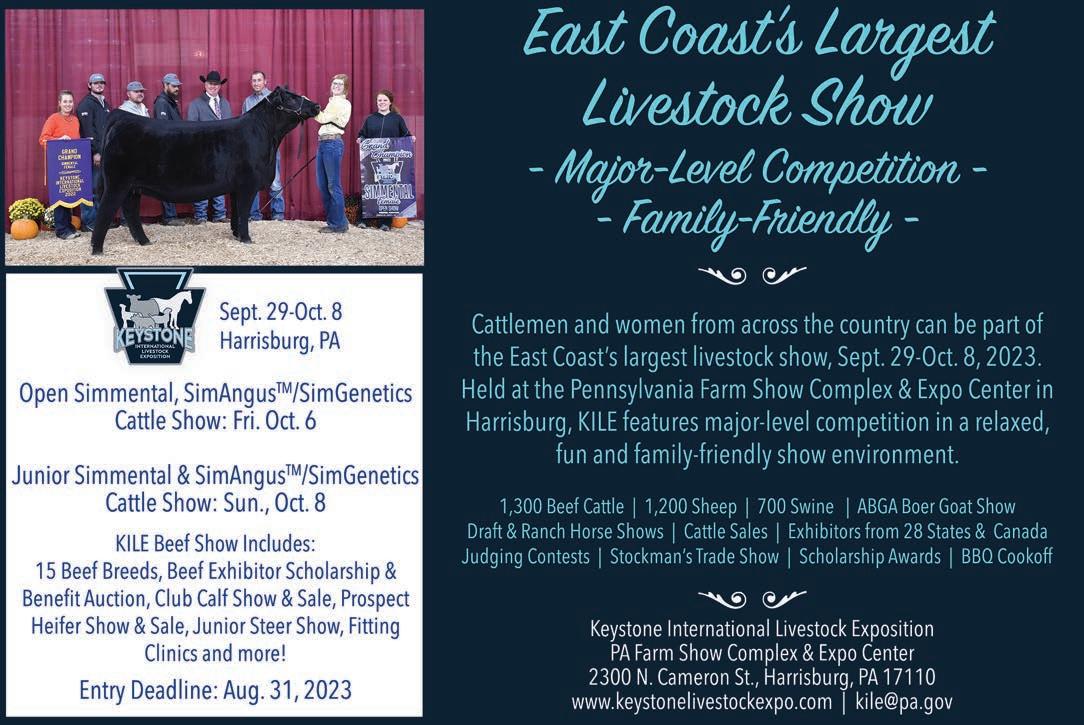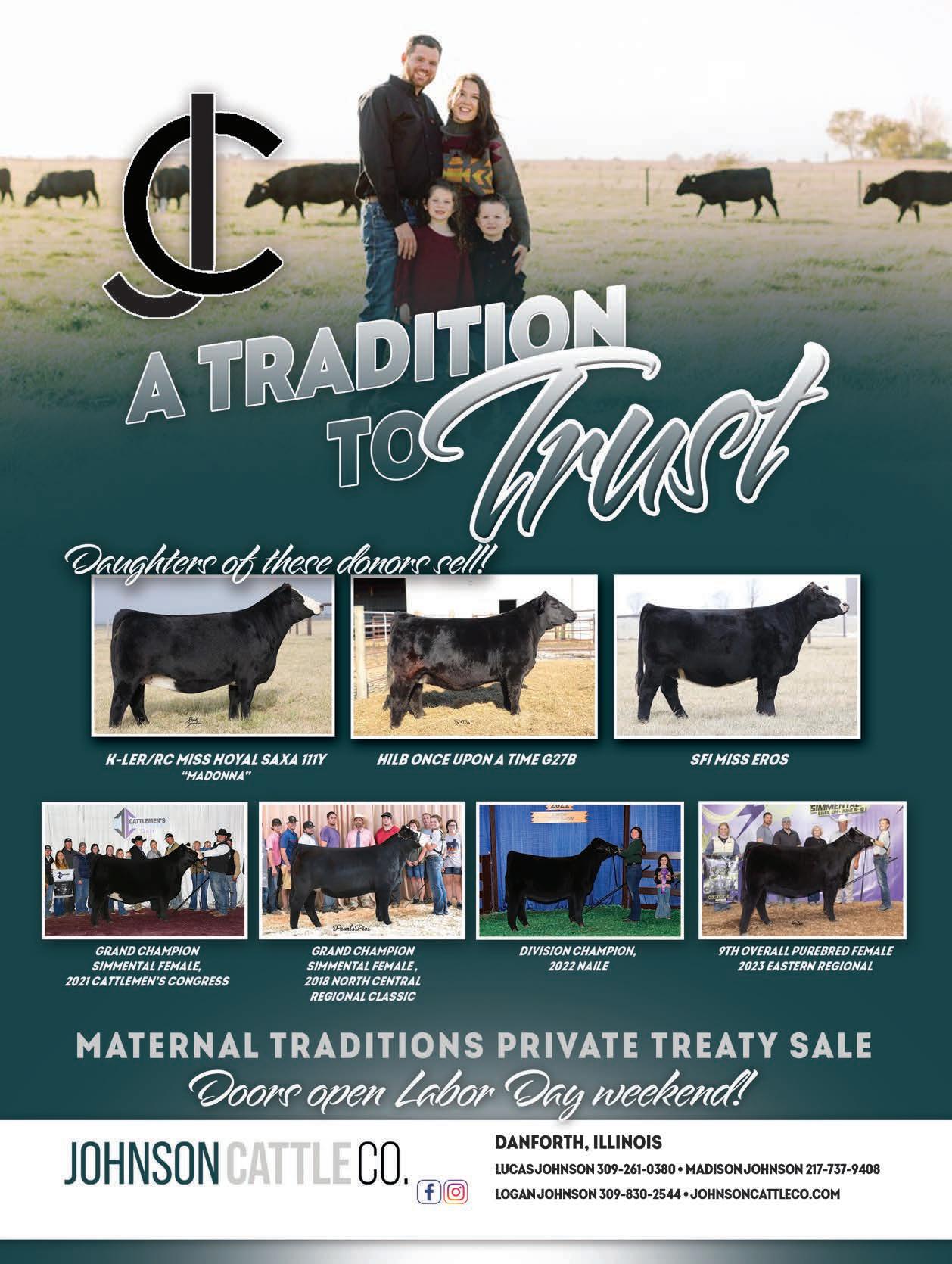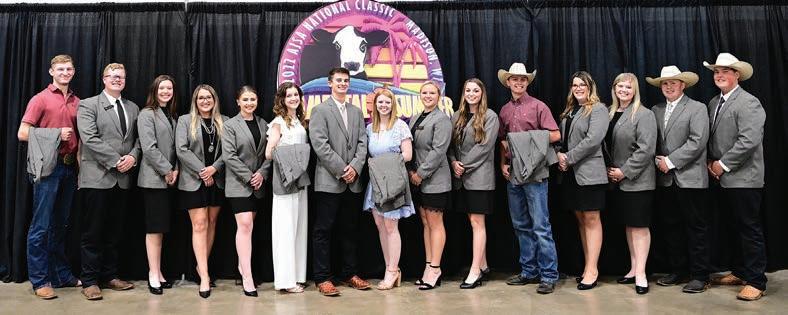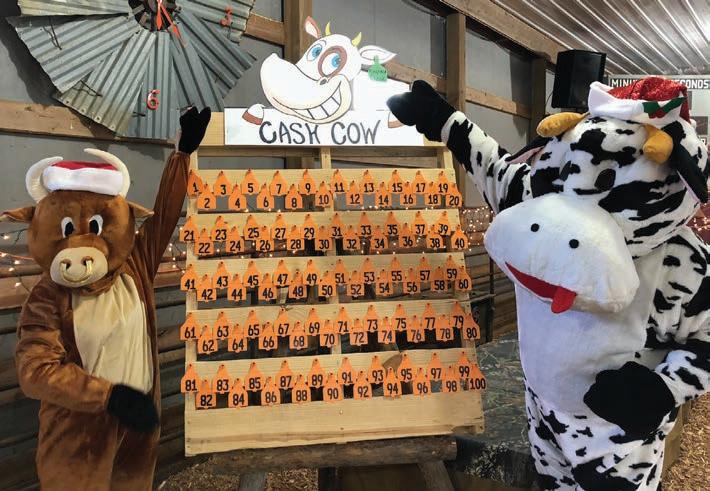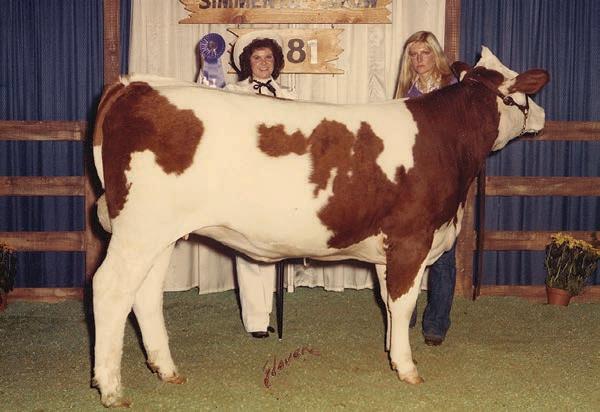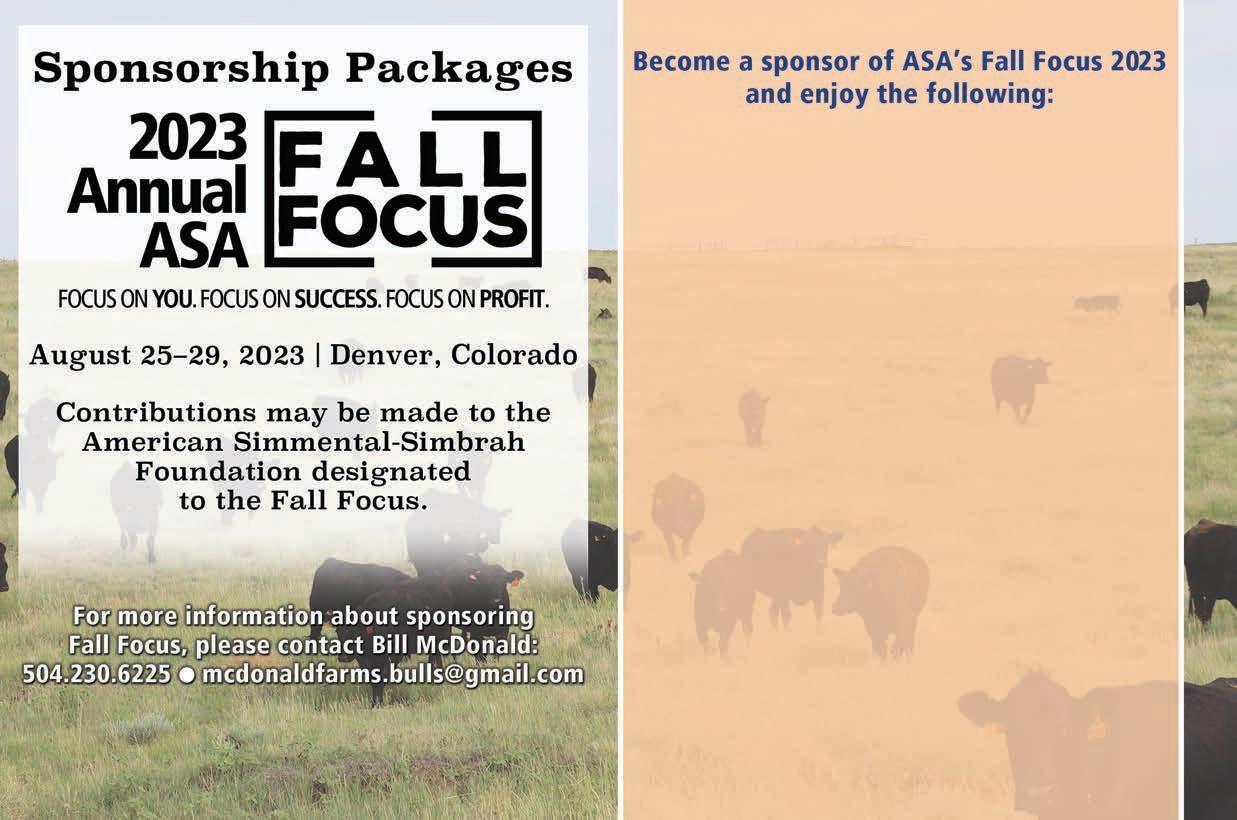
5 minute read
Chatting Chairman
(Continued from page 17)
How do you as Board Chairman encourage all Trustees, including newly elected ones, to become active participants in the decision-making process?
I am not one to sit in the background or take a back seat. I might not always be the best leader, but I am going to be one of the most active. As Chairman, I expect each board member to be active as well. I reach out to our board members; seeking their opinions and thoughts, while encouraging them to share theirs as well. We all have other obligations and families, but if you are going to be a part of this board then it’s important to truly be a part of it and with a passion to assist and listen to the membership.
As a new board member it’s easy to only communicate with people from your region, or who you know. We all do that at a conference, meeting, or church. We stay where we are comfortable. My family says I have never met a stranger, so I encourage others to sit by the person they know the least. I also encourage the ASA staff to do this.
You have seen International Genetic Solutions (IGS), and the IGS Feeder Profit Calculator (FPC) take root in the industry. What has been the impact?
When IGS started I personally didn’t know if it would be beneficial to all ASA members. I am glad to say I was incorrect. Ten years ago, who would have thought a concept like IGS, with multiple breed associations, would get off the ground? Today IGS has the largest database in the industry, with over 20 million records. ASA has developed partnerships, collaborations, and comradery with various breed associations. IGS provides the best genetic predictions, not only to seedstock breeders but for anyone using EPD to select their genetics. At the recent National Cattlemen’s Beef Association Convention all breeds involved were represented, and discussed our shared goal of beef cattle improvement. No matter what breed we are involved in, we should all strive to be the best stewards of cattle as we possibly can be.
The Feeder Calf Calculator provides a platform to generate information on crossbred and composite feeder calves. IGS empowers producers to market with confidence and allows feeders to maximize their purchasing dollars. The growth potential of IGS will continue because we are all on the same playing field on an equal basis.
What has been the impact of Total Herd Enrollment (THE), and the Performance Advocate program?
You know the saying, “You can’t teach an old dog new tricks”? Well, teaching a cattle producer is likely even harder. For breeders, especially the larger ones, implementing and becoming familiar with the THE program was a big first step. I feel that some breeders have a problem with being noncompliant and keeping up with the deadlines. The goal of THE is to improve the quality of data submitted. We have producers who bounce back and forth within the system, and some who simply want to register and transfer animals. For THE to reach its full potential there needs to be consistency and stability for the membership.
I admire the producers who collect data for as many as 14 traits. The producers who are designated as Performance Advocates are dedicated and need more than their names listed in the Register. These diligent breeders need to be awarded somewhat like the Ring of Champions, or even more.
Carcass data is valuable but difficult to obtain. What have the various ASA carcass programs done to help?
The Carcass Merit Program (CMP) has been in place for over two decades. That is pretty incredible for a program within a breed association. Typically, as times change, so do the programs, but CMP is a constant. The program collects the real-world data, but is a multi-year process of calves being born, raised, fed, and harvested. It does add more accuracy for economically important EPD. More recently, the Carcass Expansion Project (CXP) has been added to expand these efforts.
Carcass data is expensive to collect but most would agree on its importance. It is about breeding better cattle to raise better beef. Members have to choose which programs work for their operations and even more so for the benefit of their customers.
How has the Progress Through Performance (PTP) program impacted the ASA membership?
PTP has maybe seen the most changes and improvements over the years. With that, it is one of the programs that is probably most scrutinized. In the early stages the adaptation was not the best; however, education and awareness helped. Many breeders and onlookers believed that ASA was pushing judges to put more weight on the EPD than the physical characteristics of the animal in the show ring, which created pushback. It is all about the tools in your toolbox and utilizing them correctly. Spectators in the seats study the EPD comparing the sires while watching the shows. Utilizing their phones, breeders and spectators can look up further information and expand their knowledge based on what is on that program.
The ASA adding the Ring of Champions has been a very positive way to enhance the program, and highlight the breeders and exhibitors. I would like to see updates on the Ring of Champions standings in our regular communications.
The American Junior Simmental Association (AJSA) continues to grow. How has it impacted your family, and how does it impact the entire industry?
Since its inception, the AJSA has been number one. We can list so many qualities that our AJSA members learn from being involved on their family farms, breeding and exhibiting cattle, and competing and learning at AJSA events. We raised our daughter Holli summer after summer at Regional and National Classics across the country, and none of us would trade any minute of it, no matter how well Holli did.
I am a big supporter of the educational contests at the Classics. I told Holli at her first AJSA event that we would travel wherever she wanted so long as she participated in all the educational contests. I believe they should be required for all who attend. They teach our junior members life skills, like public speaking, confidence, handling yourself in front of others, and stepping out of your comfort zone.
I have had the privilege to attend most of the National Classics in various roles. The best was as a parent. Seeing individuals in the junior program and now seeing their kids and grandkids coming through the programs is very rewarding. That is a true testament to a program that works because it means something for generations.
My daughter Holli was one of the first AJSA board members to implement a leadership conference (now The Summit) for AJSA members, and I love to see how it has evolved since its inception. Bringing together junior members from various breed associations, allowing them to learn and work together is the best way to set up our breed associations and industry for success in the future.
Making the Regional and National Classics PTP shows has helped the most with the advancement and understanding of PTP. First, you are encouraging Simmental families to think about EPD when they are breeding or selecting show animals. They are making future plans for their operation and utilizing EPD. Second, you are teaching these young AJSA members about the unique balance it takes to create an animal of the highest quality. Most importantly, we are equipping our young people with another bit of knowledge that is going to make them better and more successful cattle breeders in the future.
As a longtime Simmental breeder, what do you see as the role of state associations?
State associations are the backbone of our association. I would love to see a revitalization and resurgence of the state association. There are very few that have meetings year to year; I can think of only two state associations that have sales each year, not missing one year. We have many states using their cost share money through the ASA. ASA offers cost-share advertisements to state associations. The strong state associations could be utilized as examples, and to help grow other state associations.
Why is it important for the ASA membership to participate in decision-making and get involved with Association activities?
Unfortunately, I think it’s part of our world today to be satisfied with complaining about what is being done in the world around you, but not taking an active role in it.
(Continued on page 20)


